



Absolutely, tackling stubborn growth such as grass and unwanted plants can be achieved using high-pressure equipment. This method not only clears away unsightly greenery but also benefits the underlying surface by removing debris and dirt that promote growth.
While using this technique, it’s advisable to adjust the pressure setting according to the surface material. For hard surfaces like patios or driveways, a higher pressure can be more effective. However, when dealing with softer surfaces, such as soil or delicate pavement, a moderate setting prevents damage.
For optimal results, begin by wetting the area to loosen the soil around the roots. Following this, position the nozzle a proper distance away from the growth to prevent splashing mud back onto surrounding areas. Effective angling of the water stream encourages the targeted plant to detach from its roots.
Keep in mind that while this approach is beneficial for immediate removal, ongoing maintenance and combined techniques such as mulching or using eco-friendly herbicides may assist in preventing future growth. Experience has shown that employing these methods in tandem yields the best long-term outcomes.
Efficient Weed Elimination Using High-Pressure Equipment
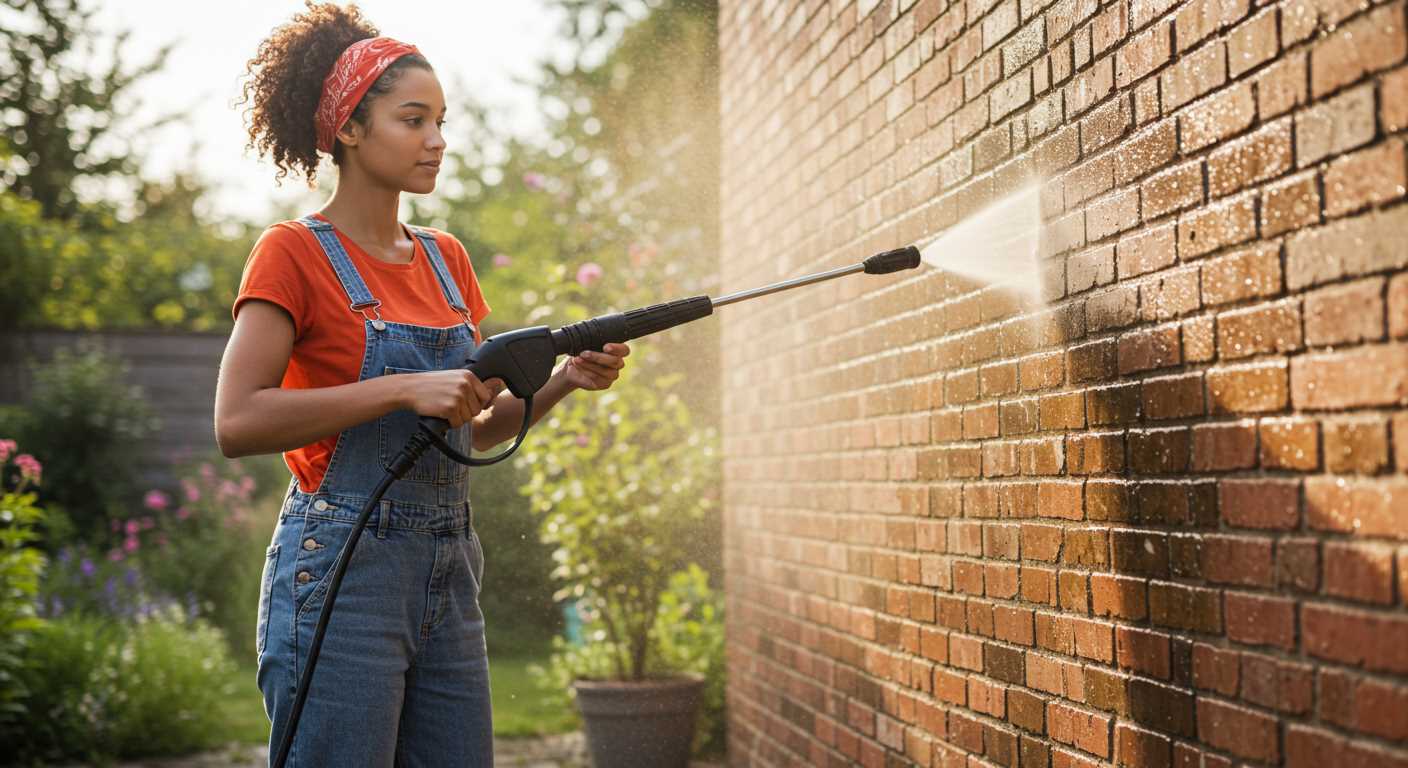
Utilising high-pressure equipment can significantly assist in the battle against unwanted plant growth. This method excels in dislodging roots and debris from pavements and driveways, making it a practical choice for outdoor maintenance.
To achieve optimal results, adjust the nozzle to a narrow spray pattern, focusing the force directly on stubborn growth. A 3000 PSI setting typically delivers sufficient power for most residential applications, while ensuring that surrounding surfaces remain unharmed.
The technique involves angling the spray head towards the base of the unwanted vegetation. This approach helps to uproot plants and expose their roots, preventing regrowth in the immediate area. Combining this method with manual intervention can enhance overall effectiveness.
Use caution to avoid damaging delicate plant life nearby, as excessive force can lead to inadvertent harm. To minimise this risk, maintain a safe distance and adjust the pressure as needed based on the surface material and degree of unwanted growth.
Incorporating a pre-treatment spray, such as vinegar or salt, before using high-pressure equipment can further assist in weakening root structures. Allow adequate time for the solution to penetrate before proceeding with the high-pressure removal method.
Regular maintenance sessions can deter resurgence and keep outdoor spaces tidy, making high-pressure equipment a valuable asset in any gardener’s toolkit. Ultimately, the strategic application of this technology offers an innovative solution for managing invasive growths effectively.
Understanding How Pressure Washers Work on Weeds
Utilising high-pressure water jets is an effective method for tackling unwanted plant growth. The force produced can dislodge stubborn roots and loosen soil. Here’s a breakdown of how this approach excels:
- Jet Nozzles: Different nozzle types alter water flow and pressure, allowing targeted strikes. For instance, a narrow jet focuses power, effective for rooting out invasive species.
- Water Temperature: Some units heat the water, enhancing its ability to break down stubborn plants. Hot water can weaken cellular structures, making removal easier.
- Environment: Pressure levels vary based on surface type. Hardscapes such as patios require higher settings, whereas softer ground may need gentler pressure to avoid soil erosion.
- Technique: Proper angle and distance matter. Keeping a consistent distance ensures the water reaches its target effectively without causing damage to surrounding surfaces.
When attempting this cleaning method, it’s advisable to adjust settings according to plant types and surface materials for the best outcomes. Finding the right balance maximises results and minimises damage.
In addition to direct action, consider following up with preventative measures. For instance, applying mulch or eco-friendly herbicides after removal can help limit future growth.
Overall, understanding the mechanics of this cleaning process enables a more strategic approach, yielding cleaner and more manageable outdoor spaces.
Choosing the Right Pressure Washer for Weed Removal
For effective eradication of unwanted greenery, selecting a model with at least 2000 PSI (pounds per square inch) is essential. This level of power ensures that stubborn roots and debris are effectively dislodged. Consider a unit equipped with interchangeable nozzles, particularly a 15-degree nozzle, which provides a concentrated spray ideal for penetrating dense foliage.
Power Source Considerations
Electric versions offer convenience and are generally lighter, making them suitable for smaller areas or residential tasks. However, if tackling large expanses or particularly tenacious flora, a gas-powered variant may be more suitable due to its greater pressure output and mobility. This choice significantly influences not only performance but also operational duration before needing a refill.
Weight and Portability
Choosing a lightweight model facilitates ease of movement across different terrains. Ensure the selected equipment has stable wheels and, if possible, an ergonomic handle to enhance comfort during extended use. Portability can substantially affect efficiency and overall experience.
Best Techniques for Using a Pressure Washer on Weeds
For optimal results in eliminating unwanted plants, adjust the nozzle to a fan spray pattern. This setting provides sufficient force while allowing for better control over the area being treated.
Stand approximately 12 to 18 inches away from the target area. This distance prevents damage to surrounding soil and vegetation while still applying enough power to dislodge roots and stems effectively.
Begin spraying from the top of the unwanted growth and gradually work your way down. The downward motion helps in effectively loosening soil and debris that may be holding the plants in place.
Follow up by using a sweeping motion, moving side to side as you progress. This technique ensures even coverage, maximizing the impact on the greenery.
If you’ll be tackling larger patches, consider sectioning off areas. Focus on one section at a time to ensure thorough treatment rather than trying to cover everything at once.
Utilise hot water if available. The heat enhances the effectiveness against stubborn growth, making it easier to clear away even the most resilient plants.
After the process, it’s beneficial to combine this technique with a manual removal approach. Pulling out any remnants by hand can provide a more comprehensive solution to ensure future control.
To enhance your efforts, consider applying a biodegradable herbicide after using the equipment. This adds an extra layer of prevention against regrowth in treated zones.
Finally, maintain the device regularly to ensure consistent performance. Regular assessments and cleanings of nozzles and hoses will keep everything in top shape for your next session.
Common Mistakes to Avoid When Pressure Washing Weeds
.jpg)
Avoid using too high a setting on the machine. A powerful stream can damage surfaces and cause soil erosion, leading to more weed issues later. Opt for lower pressure when targeting plants to prevent unintended harm.
Neglecting the right distance between the nozzle and the target area is another common error. Standing too close may tear up the ground, while being too far can render the cleaning ineffective. Maintain a distance of 12 to 24 inches for optimal results.
Failure to pre-treat the area is a significant oversight. Applying a suitable herbicidal solution before the cleaning process helps loosen the roots for more efficient elimination. Waiting for a short period allows the treatment to soak in effectively.
Not Paying Attention to Surface Type
Some surfaces require specific techniques. For example, using a narrow nozzle on delicate materials can cause damage. Assess the surface composition to select the appropriate nozzle and technique, ensuring effective cleaning without harm.
Many overlook the importance of using the right cleaning agents. Not every detergent is compatible with these machines. Ensure the solution is safe for plant life and effective against your target types.
Ignoring Safety Precautions
Wearing protective gear is often disregarded. Eye protection and sturdy footwear are necessary to shield from debris and high-pressure water. Always take safety into account before starting the task.
Another mistake is not maintaining the equipment properly. Regular cleaning of filters and checking nozzles can prevent malfunctions during use and extend the life of the machine. Ensure you’re prepared for the task ahead.
Finally, dismissing cleanup post-process is a misstep. Rinse the area after cleaning to remove leftover debris and chemicals, ensuring a tidy result and preventing future growth from seed deposits left behind.
Safety Precautions When Using a Pressure Washer for Weeds
Always wear appropriate personal protective equipment (PPE). This includes safety goggles to protect your eyes from debris and strong water jets, gloves to shield your hands from harsh chemicals or slippery surfaces, and sturdy footwear to provide grip. Avoid loose clothing that could get caught in equipment.
Setting Up and Operating
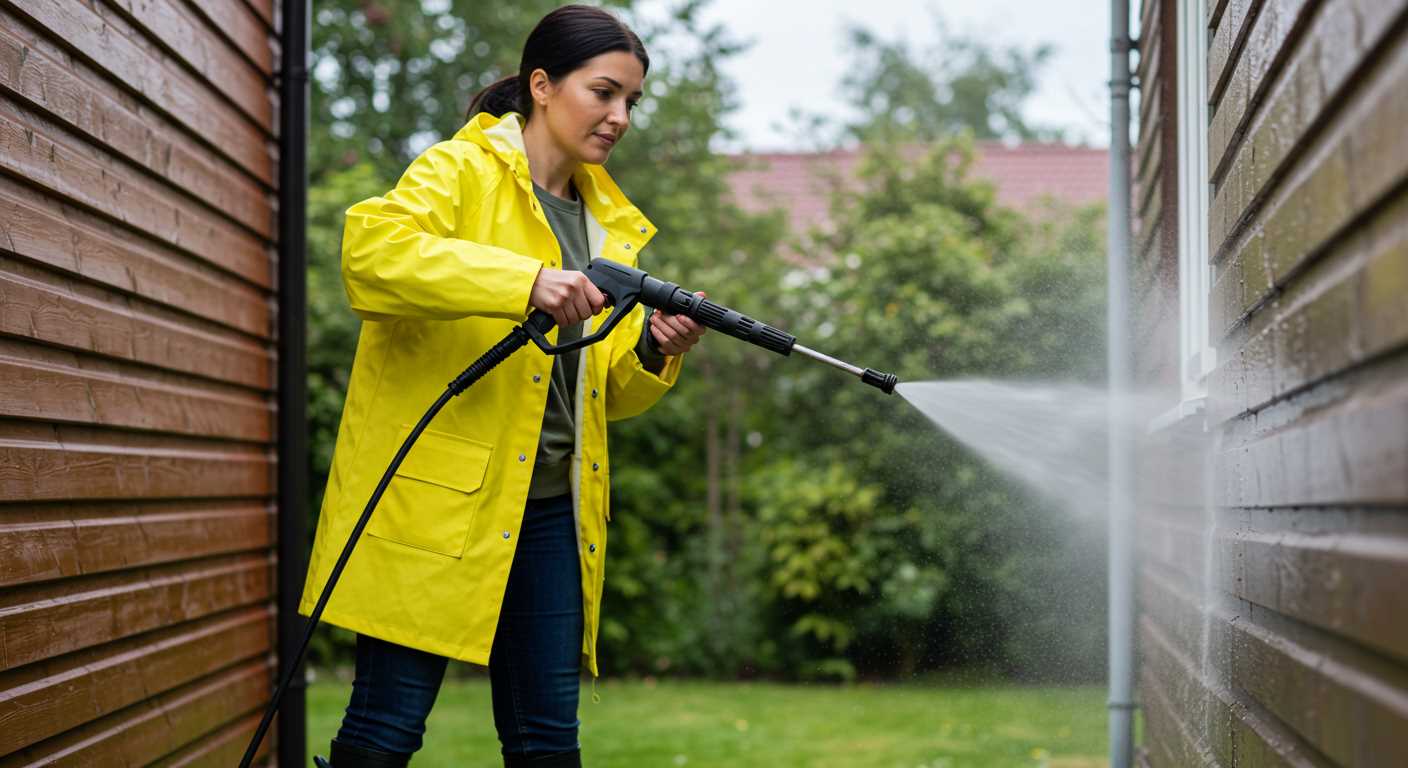
Ensure the area is clear of obstacles. This includes children, pets, and fragile plants, as they can be easily damaged. Position the cleaning device on stable ground to prevent it from tipping over during use. Maintain a safe distance from surfaces to avoid causing damage; typically, a distance of at least 2-3 feet is recommended. Test the pressure on a small, inconspicuous area first to assess its impact.
Handling Chemicals Safely
When using any cleaning agents, follow manufacturer instructions carefully. Wear gloves and goggles when handling concentrated solutions. Avoid mixing chemicals, as this may produce harmful fumes. If spills occur, clean them immediately to prevent slips or skin irritation.
Regularly inspect your equipment before each use. Check hoses and connections for cracks or leaks, ensuring everything is in proper working order. If any issues are detected, address them before commencing the task. This practice not only promotes safety but also prolongs the lifespan of your equipment.
Comparing Pressure Washing with Other Weed Removal Methods
Employing high-pressure water can be effective, but it’s essential to evaluate the efficiency against other techniques.
Here are the most common methods for handling unwanted vegetation:
- Manual Removal: Hand-pulling eliminates roots but can be labor-intensive. Best suited for small areas or individual plants.
- Chemical Herbicides: These solutions kill plants at the root but may pose risks to nearby desirable flora and the environment. Careful application is crucial.
- Mulching: Applying organic or inorganic materials can suffocate unwanted growth. This method is beneficial for longer-term control.
- Flame Weeding: A propane torch burns the foliage and roots, providing immediate results. Caution is required due to fire hazards.
- Solarisation: Covering the area with plastic for several weeks raises soil temperatures, killing seeds and roots. This requires time and sunny weather.
When assessing the high-pressure technique against these options, consider the following:
- Speed: High-pressure applications offer rapid results compared to manual and mulching methods.
- Environmental Impact: Water-based removal reduces chemical use, promoting a healthier ecosystem.
- Effectiveness: High-pressure systems can dislodge mature plants, yet may not fully eliminate deep-rooted varieties unless used strategically.
- Cost: Although purchasing or renting a high-pressure unit requires investment, ongoing costs may be lower compared to recurring chemical treatments.
Ultimately, the choice between high-pressure washing and these alternatives depends on the specific context, including the type of growth, area size, and personal preferences regarding environmental impact. I recommend assessing all options carefully before deciding on the most suitable method for managing unwanted vegetation.
Maintenance Tips for Your Pressure Washer After Weed Removal
Clean the nozzle immediately after usage to prevent clogs. A simple rinse with water will help preserve its efficiency. Pay close attention to the orifice, as any debris can affect pressure output. Regular inspection ensures optimal function.
Hose Care
After each use, examine the hose for any signs of wear or damage. Kinks can lead to restrictions and reduce pressure. Ensure it’s stored in a straight position to prevent unnecessary bends.
Filter Cleaning
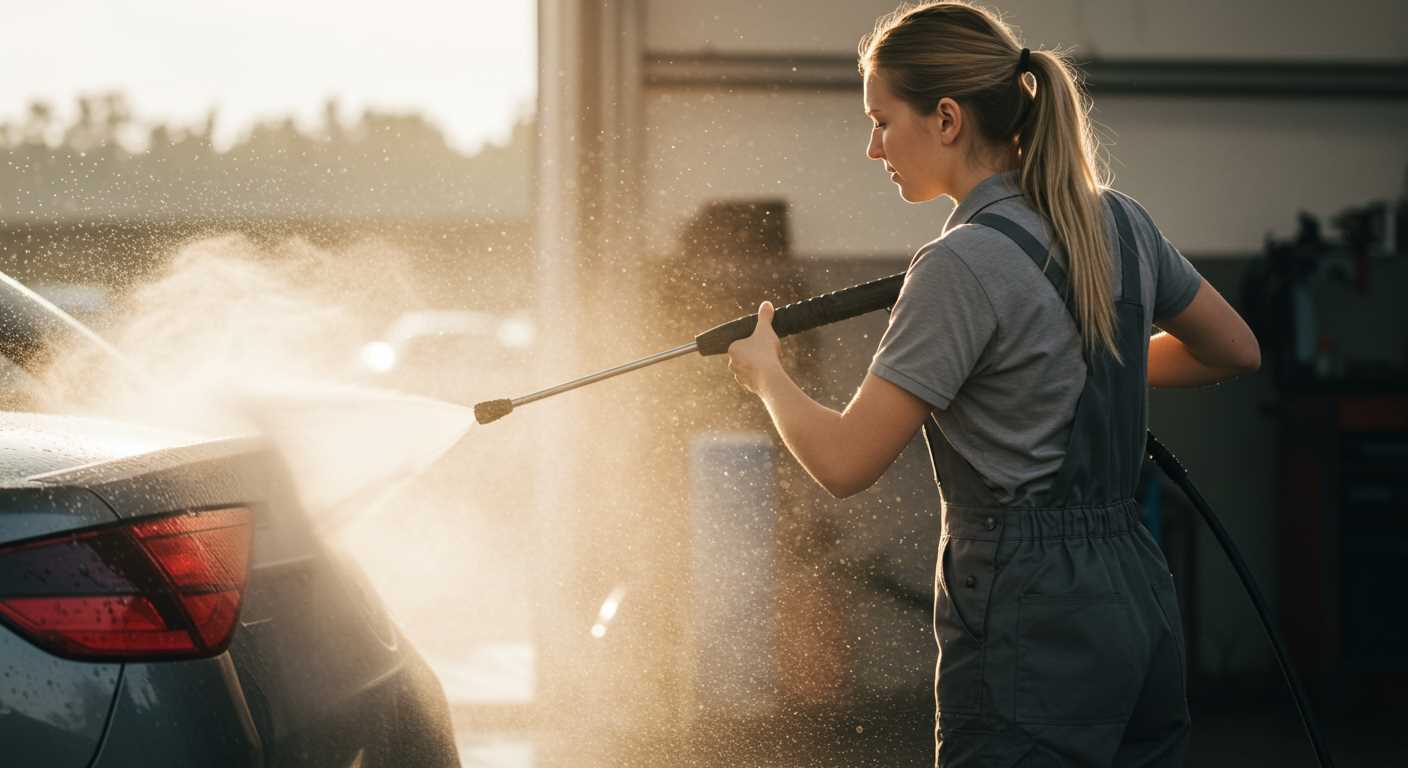
Remove and clean the water filter regularly. A clogged filter can hinder performance. Soaking it in warm, soapy water followed by thorough rinsing restores its effectiveness. Make this a routine part of your maintenance schedule.
| Task | Frequency |
|---|---|
| Clean Nozzle | After each use |
| Inspect Hose | Weekly |
| Clean Filter | Monthly |
Regular oil changes and checking the pump operation are crucial. A well-maintained pump avoids leaks and preserves pressure integrity. Refer to the manufacturer’s guidelines for specific intervals based on use.
Finally, store the equipment in a dry space, free from extreme temperatures, to ensure longevity. Using a cover protects against dust accumulation. These measures contribute to maintaining high performance for future tasks.
When to Seek Professional Help for Weed Problems
If the task of eliminating unwanted plants becomes overwhelming, it’s advisable to consider enlisting experts. Professional services excel in assessing the extent of an infestation, providing tailored solutions based on specific scenarios. I’ll share some indicators that point towards needing expert assistance.
Signs that Indicate Professional Intervention
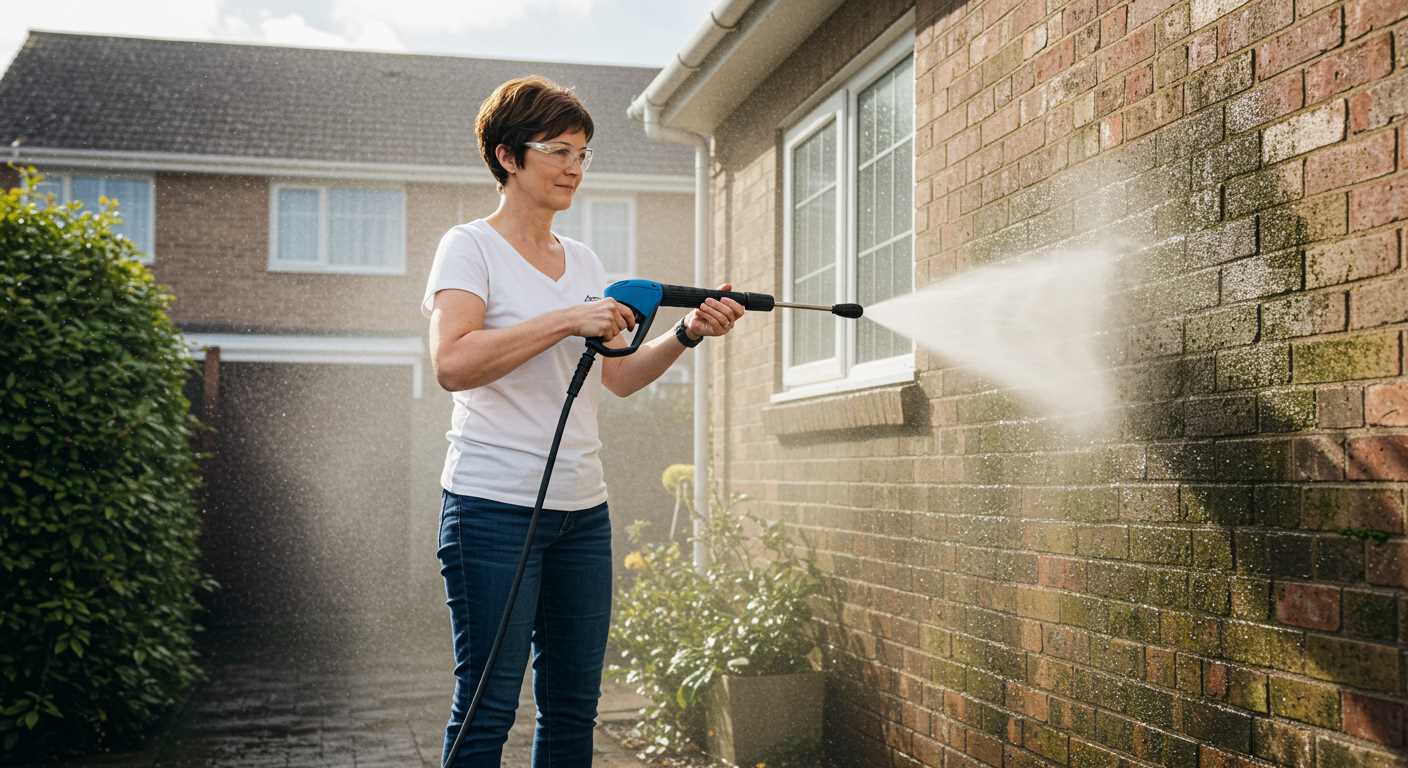
Firstly, persistent growth despite regular efforts is a strong signal. If basic techniques fail to yield results after multiple attempts, seeking specialised help may save time and resources. Additionally, extensive root systems hidden underground can contribute to recurring issues. Experts possess advanced tools and knowledge to effectively address such challenges, ensuring long-term management.
Secondly, certain varieties can pose health risks or require specific removal techniques. If unsure about proper handling or potential allergies, professional assistance is prudent. Many skilled services also utilise environmentally friendly methods that mitigate risks to surrounding plants and wildlife while achieving desired outcomes.
Complexity of the Area
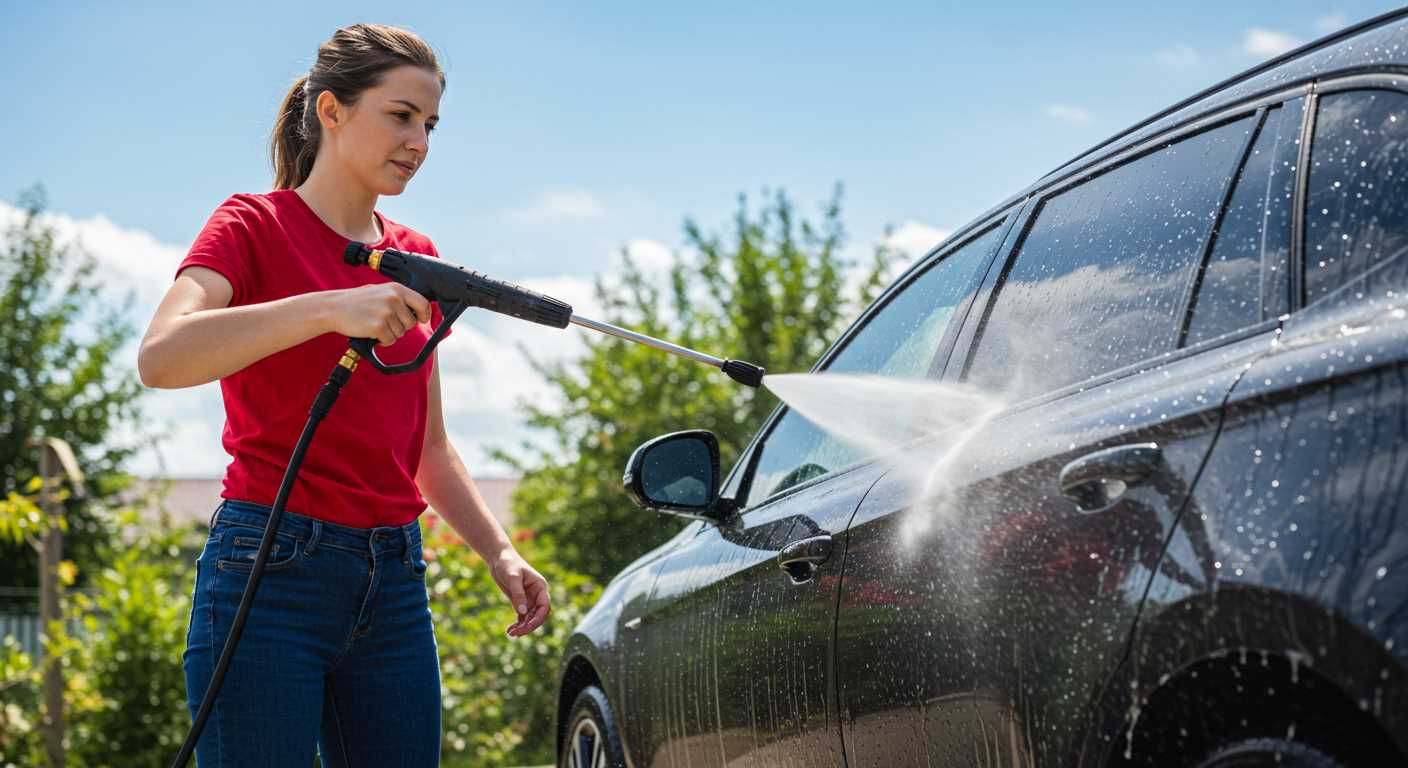
Lastly, the difficulty of access or the size of the affected space may necessitate expert intervention. Large expanses or intricate terrains complicate DIY efforts. Professionals come equipped with appropriate equipment and experience to manoeuvre through challenging conditions, delivering reliable results efficiently.
In summary, recognising when the task exceeds personal capability can lead to better overall management of unwelcome vegetation. Investing in professional services can ultimately pay off through effective eradication and ongoing maintenance strategies.








